Here's an idea of the some of the basic layout managers and which ones respect preferred sizes (meaning if preferred size is respected, as container expands, component will not expand with it, and vice versa)

That being said, you may want to use a BorderLayout, and place your top component at the BorderLayout.PAGE_START. Ad the screen increases, so will the component contained in that layout position. (Note: the example's main container uses a BorderLayout)
As far as the image, if you want to stretch, I'd take a look at StretchIcon from Darryl Burke. This will keep the image to a relative size.
Also a common practice is to nest panels with different layout managers, to get your desired result. You can see an example here by Andrew Thompson
Also see more about layout managers at Visual Guide to Layout Managers



